Nanofluidic implantables represent a recent advance in a broad effort for developing personalized, point-of-care medical technologies.
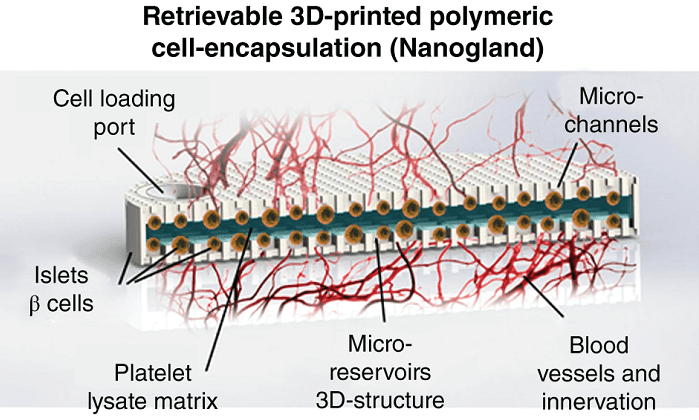

Nanofluidic implantables represent a recent advance in a broad effort for developing personalized, point-of-care medical technologies.
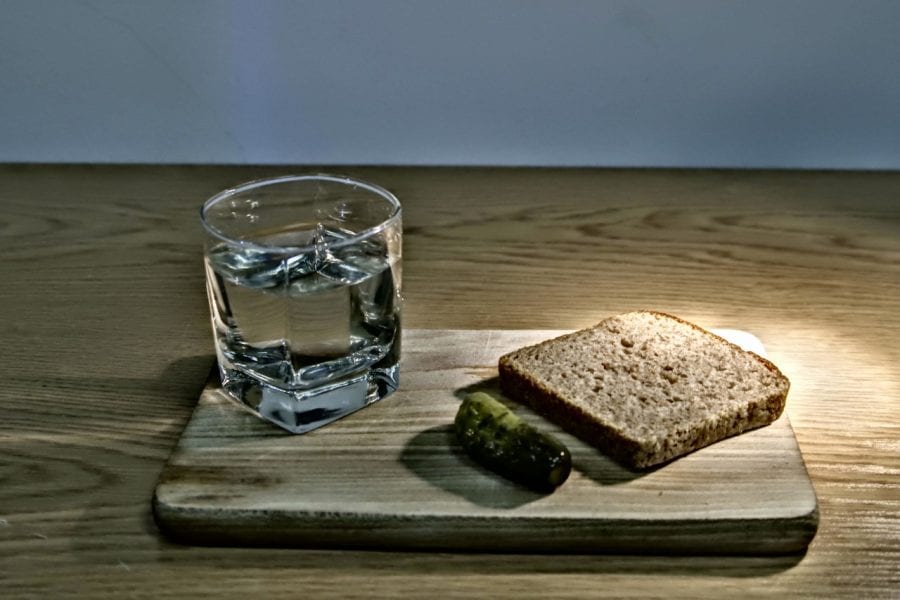
The neural survival mechanism that prioritizes water over food when the chips are down…
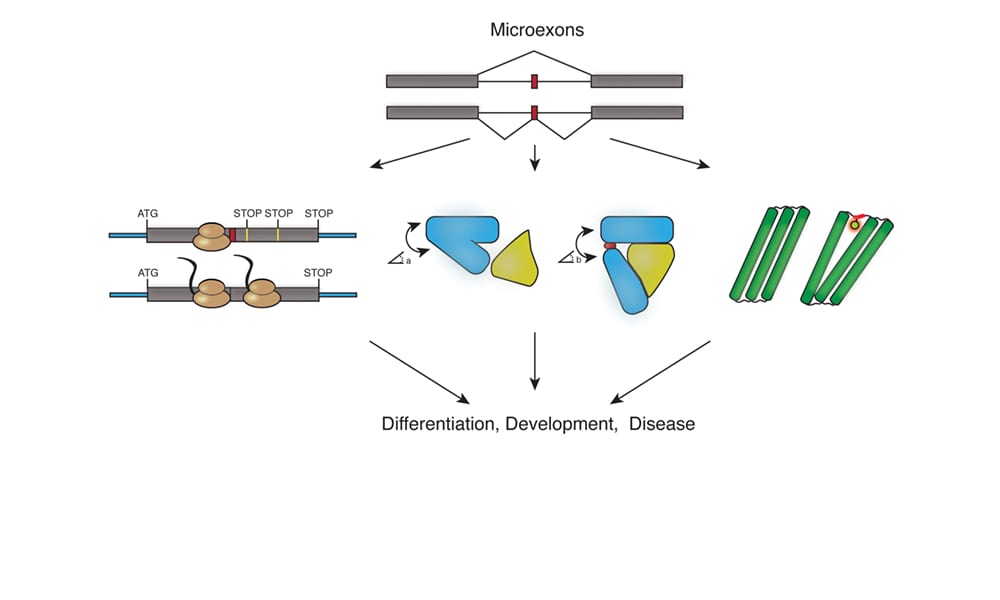
Microexon regulation has the ability to modulate protein properties, including mechanistic links to diseases like autism.
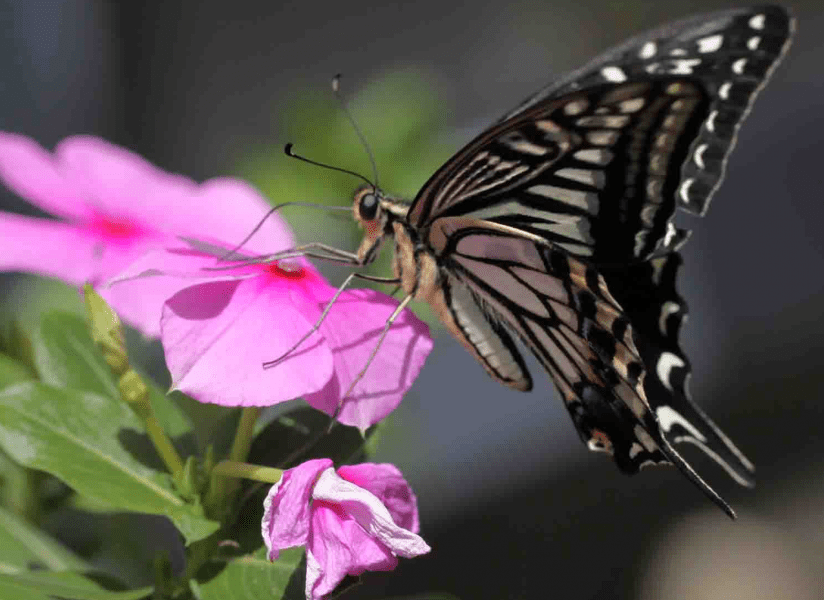
In their review in BioEssays, Michiyo Kinoshita et al. discuss flower foraging behavior in butterflies and moths.
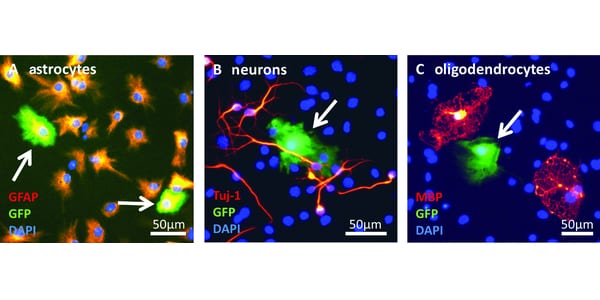
The first description on the use of oscillating magnetic fields for magnetic nanoparticle-mediated (MNP) gene transfer to neural stem cells NSCs.
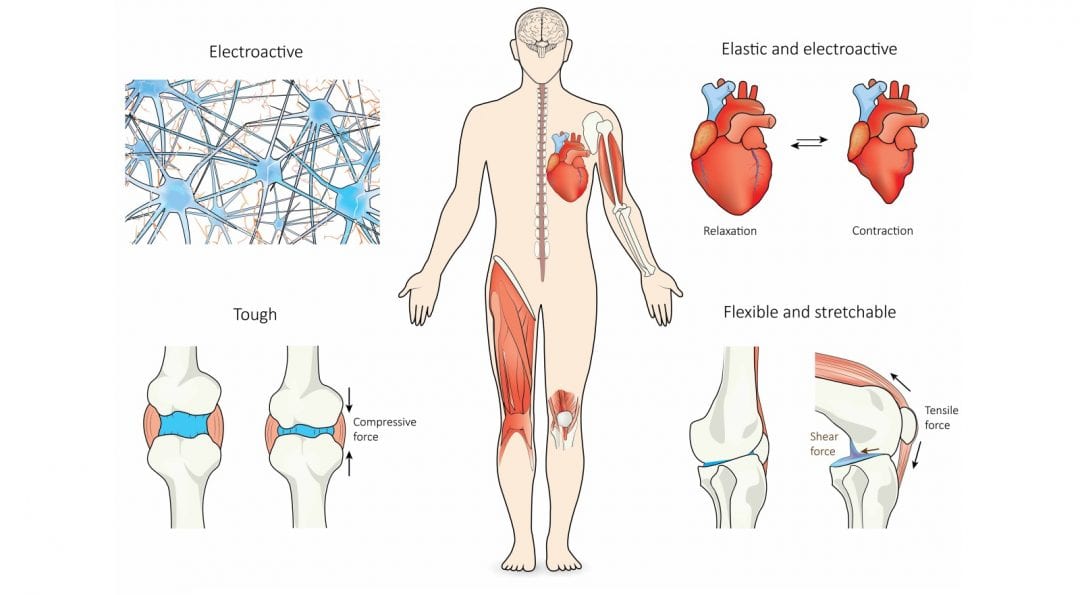
Recent advances in the fabrication and application of nanocomposite hydrogels for load-bearing and electroactive tissue replacement.

Liposomal formulations of two novel nicotinylated amphiphiles for targeting potent chemotherapeutics to mouse glioblastoma.
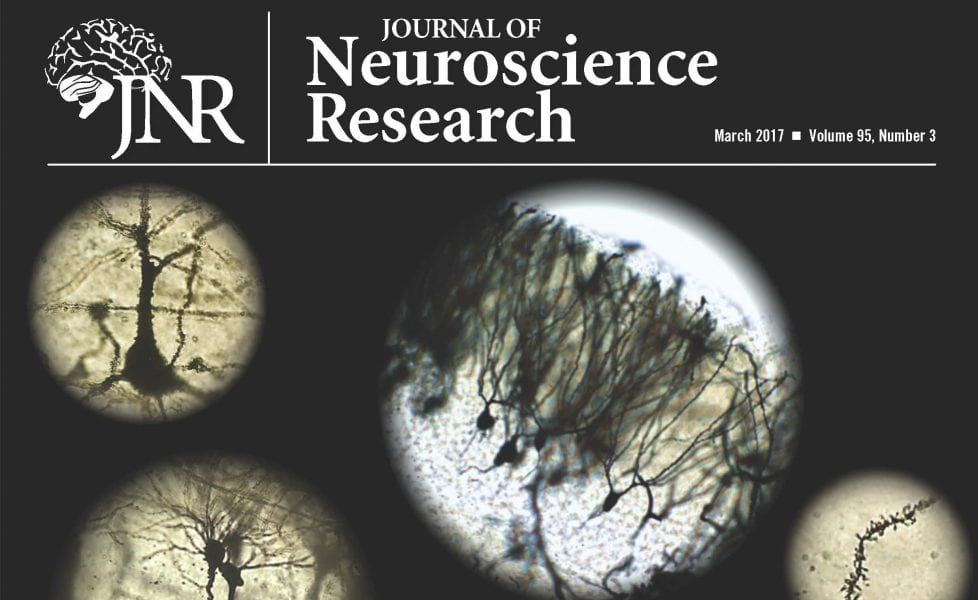
A highlight on new perspectives and data on the anatomical organization and functional interactions of corticolimbic circuits in learning, memory and disease.

Using a proteomics approach, Drs. Paulo and Gygi from the Harvard Medical School provide evidence that nicotine exposure changes the abundance of membrane proteins implicated in signal transduction and autophagy.

Each year the Australian of the Year award recognizes and celebrates the achievements and contributions of eminent Australians. This year a lead stem cell scientist was recognized.